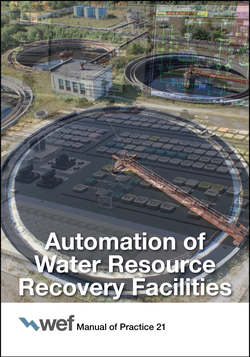Читать книгу Automation of Water Resource Recovery Facilities - Water Environment Federation - Страница 51
5.0 FORMULATING THE BUSINESS CASE
ОглавлениеA significant automation project or program can affect the entire organization. Therefore, development of the business case should include management and key representatives from groups involved in all levels of the process, from developing project objectives to reviewing the final business case.
Project goals and objectives should be clearly identified and should align with the overall utility mission statement. This is particularly important for projects being considered that may not be justifiable based solely on tangible benefits. Most utility mission statements include both tangible and intangible elements. In instances where the project is being proposed in part or in whole for intangible benefits, being able to articulate how the project will directly benefit the overall utility mission will help communicate the value of the project to upper management.
A good business case should give an honest and upfront consideration of alternatives, with a clear analysis showing the tradeoffs between the different approaches and why the proposed approach was selected. This provides management with an understanding that the recommended approach is well thought out and may help answer questions that might otherwise arise.
A thorough cost estimate should be included that provides adequate budgeting for reasonably expected costs. It is important to state unknown factors or items that may affect costs; similarly, expected benefits should not be overstated. The business case should provide information for management to make well-informed decisions regarding project costs and expected returns.
Some utilities look for a specific type of cost–benefit analysis to be provided for projects. A method should be selected that is inline with how the utility management typically wants to see the information. However, selecting the wrong type can result in a weaker business case being presented. Most automation projects have a strong set of intangible benefits. Thus, selection of a financial-only approach will often not articulate benefits in the correct light. Financial-only methods should only be used for projects that are being conducted strictly for tangible cost savings. For projects that reduce risks, a risk analysis should be incorporated to communicate how this project will affect its risk exposure.
